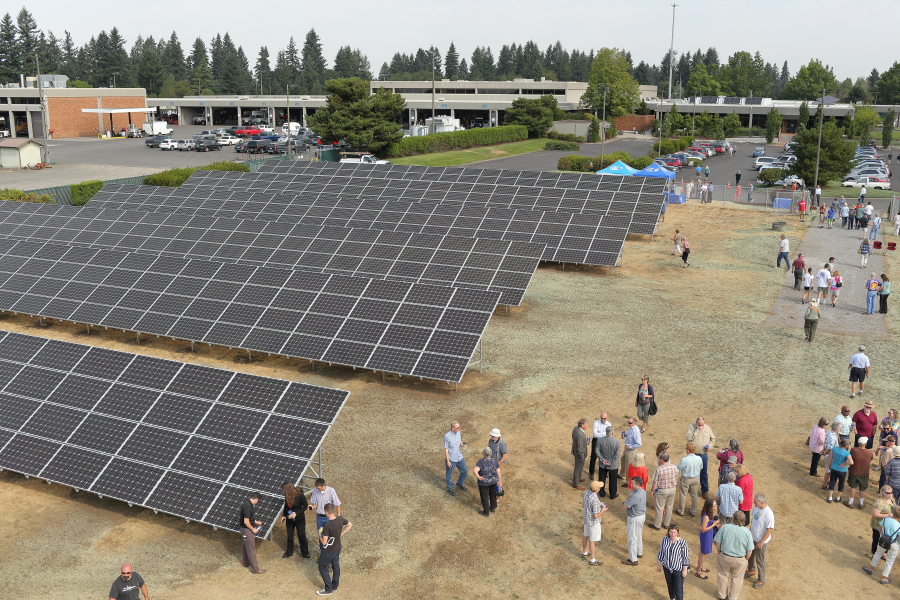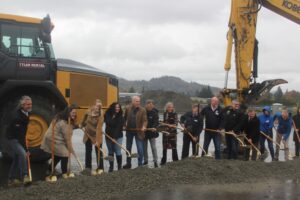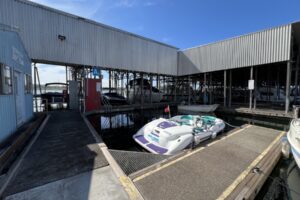Port of Camas-Washougal officials have been promoting renewable energy sources lately — partnering with a county agency to install solar panels at its industrial park and taking the lead on installing electric vehicle chargers in East Clark County — and, now, the Port has literally written the book on how public agencies and businesses can improve their decarbonization efforts.
In 2022, the local Port partnered with the New Buildings Institute, a Portland nonprofit energy performance organization, to produce a guidebook for the Port’s staff, tenants and partners.
The guidebook was supposed to provide basic information about how the Port might decrease its carbon footprint — and help fight climate change — throughout its existing and future buildings.
“With buildings currently representing 39% of U.S. carbon emissions from operational and embodied sources, building decarbonization has emerged as a critical tool to address the challenges posed by climate change,” the guidebook’s authors pointed out.. “(The Port has recognized) these challenges, particularly in light of (its) plans to grow and add new kinds of buildings and uses.”
The 57-page PDF document addressed four building decarbonization-related topics — energy efficiency, building electrification, renewable energy and electric-vehicle charging — and was meant to, according to the guidebook, not just offer guidance to the Port for its own buildings but, also, “serve as a resource and reference about building decarbonization for Port tenants and partners to help them make decisions that will support building decarbonization in the buildings they occupy and the buildings they may be constructing in the future.




